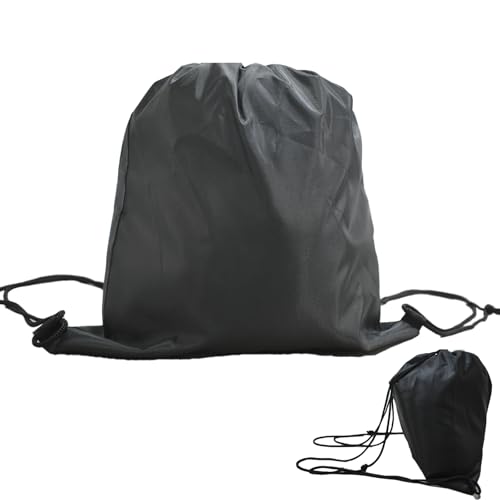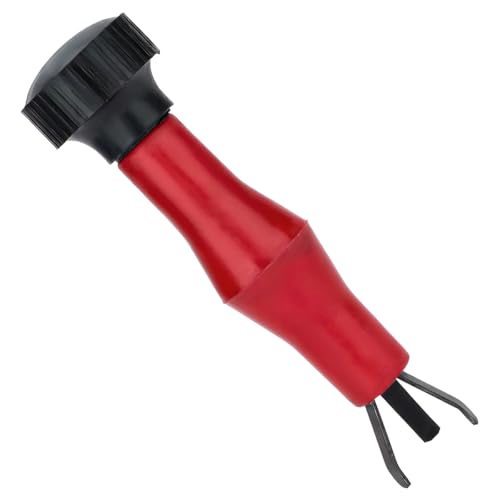SkooterG,
Let's work back to front, shall we?
Yes, I have read Michael Kneebone's tired ol' article many, many times... Even back when it was new all teh way back in 1992. It gets brought out any time there is any discussion of ABS. Of course, ABS systems have certainly advanced since then, but...
Braking systems, suspensions, chassis, and most of all tires... have all improved at actually greater rates than the current, relatively simple and primitive (compared to other vehicle ABS systems) motorcycle ABS systems. That's one of the problems with the current state-of-the-art in ABS - there are just not enough economies of scale to bring the price of truly leading edge ABS systems down to where motorcycle buyers will pay for them. There are automotive systems now that can adjust for lateral slip angle so one can brake brutally hard right in the middle of the corner, and the current high-end automotive systems are so fast that they no longer even pump up the pedal and pulsate to let you know they've even had to actuate.
But these systems appear on Bentley's, Ferrari's, and the like... Not on your family Ford 500's.
That's the same problem with motorcycle ABS. Only the least expensive, and least effective, appear on motorcycles because riders won't pay the cost for the more advanced systems and the manufacturers know it. Motorcycles with ABS are a tiny, tiny fraction of the number of bikes sold out there worldwide, and the numbers just don't justify more advanced systems.
But more importantly, if you want to use Kneebone's article to make a case for ABS, is to note that good riders stopped better than ABS, and by as much as 9 feet... That's half a car length.
Here's an interesting page about ABS, and with much more current data...
https://en.wikipedia.org/wiki/Anti-lock_braking_system
One of the more interesting things in this article is:
It is worth noting that the heavier a vehicle is, the more it will benefit from ABS. This is particularly true of vehicles with less-sophisticated hydraulic braking systems where fine control is not as easy as with the more developed braking systems. Conversely, lighter vehicles, especially sports cars with highly-developed braking systems without ABS can outbrake comparable vehicles even with ABS.
Motorcycles are pretty light, especially compared to cars, and they have very highly developed non-ABS braking systems, and they are capable of extremely fine braking control (even ot the point of controlling each wheel and each retardation rate separately - something even the best sports cars don't do).
Now, as for whether or not Yamaha's ABS system on the FJR's has an accelerometer or not, well... First off, if it does have one, like I believe it does, it would be in the ECU - not a separate component like the wheel speed sensors. Other evidence points to motorycle systems all having accelrometers - i.e. since it is possible to brake each wheel separately relying on the differential speed of the two wheel sensors would not be a reliable means of judging the rate of change.
The 2006 Service Manual does have some statments that do, indeed, suggest there is an acclerometer present, like this one
OUTLINE OF THE ABS1. The Yamaha ABS (anti-lock brake system) features an electronic control system, which acts on the
front and rear brakes independently. However, one set of pistons in the right front brake caliper is
operated together with the rear brake and this set of pistons is operated only if the force used to depress
the brake pedal exceeds a preset level.
Just note from this part above where it says that it "acts on the front and rear brakes independently". which of course it does, but just follow along here...
It goes on to define terms that will be used in the description of the system:
Useful terms• Wheel speed:
The rotation speed of the front and rear wheels.
• Chassis speed:
The speed of the chassis.
When the brakes are applied, wheel speed and chassis speed are reduced. However, the chassis
travels forward by its inertia even though the wheel speed is reduced.
• Brake force:
The force applied by braking to reduce the wheel speed.
• Wheel lock:
A condition that occurs when the rotation of one or both of the wheels has stopped, but the vehicle
continues to travel.
• Side force:
The force on the tires which supports the vehicle when cornering.
• Slip ratio:
When the brakes are applied, slipping occurs between the tires and the road surface. This causes a
difference between the wheel speed and the chassis speed.
Slip ratio is the value that shows the rate of wheel slippage and is defined by the following formula.
0%: There is no slipping between the wheel and the road surface. The chassis speed is equal to the
wheel speed.
100%: The wheel speed is “0”, but the chassis is moving (i.e., wheel lock).
Now note that above they refer to "chassis speed"... Since each wheel can be braked independently, wheel sensor speed cannot be a reliable method for determining chassis speed, even with specific algorithms and look-up tables. Accelerometers are cheap and reliable, and they can detemine rate of change in chassis speed quite readily, and directly, not empirically.
Now, in the end, do FJR have acclerometers? I don't know for sure. Yamaha would have to answer that. I can only say that the system *feels* like other systems I have used that *do* have accelerometers and use deceleration G's to trigger ABS threshold. But even if it doesn't have an accelerometer, given the description in the service manual of how it operates - i.e. comparing chassis speed to wheel speed to try and determine slip ratio - then it is actually trying to calculate deceleration G's anyway... And if it does use algorithms and look-up tables to make its calculations then it could still limit braking to no more than 1-G.
Just try and answer this one questions for me?
If all the data comes from the wheel speed sensors, and yet the front and rear brakes can be applied to produced different wheel speed deceleration rates... What is determining chassis speed, and what would be the cheapest and easiest way to do it?
Now, let me touch on something one more time...
If you like ABS, and want it on your motorcycle, I think that's great. I have no problem with you having it. If it makes you feel more comfortable and capable in more situations, I think that's great, too. I want you to have it, because it is what you want. I respect your right to choose, and your choice, too.
I simply don't like ABS as it is currently developed and implemented on motorcycles, nor do I like linked brakes. If the truly sophisticated systems that some automotive companies employ on their higher end vehicles ever make it to motorcycles I might change my mind, but right this moment in time I honestly feel that the current ABS systems more get in my way than anything else.
That is my choice, and I would like to think you would respect my right to choose. I chose an FJR because I thought I could live with the trade-off of having ABS if for some reason I could not disable it. De-linking the brakes is a no-brainer to do. Just need to get a hose or two made, etc.
I will continue to buy bikes without ABS... I think the next two bikes in my garage will be a used beater of a Kawasaki KLR-650 so I can ride down the national seashore down here to Port Mansfield, which I used to do a lot... And a new Ducati HyperMotard when they become available. Am I "idiotic" because neither of those bikes has ABS?
I don't think so... YMMV, of course.
Thanks!
Dallara































































